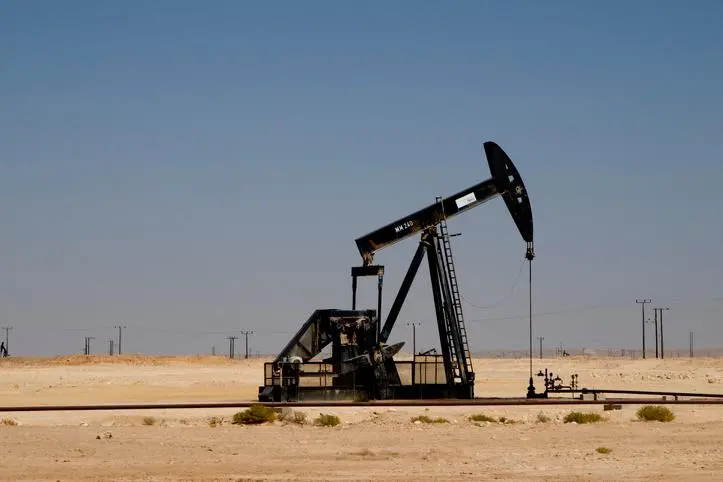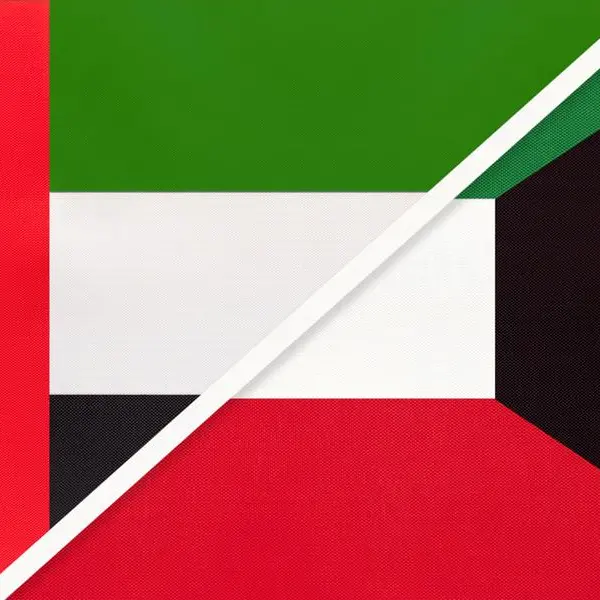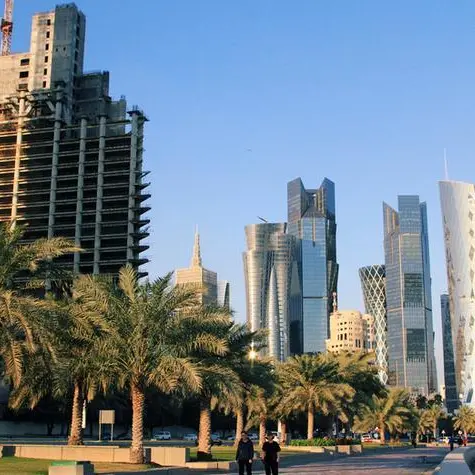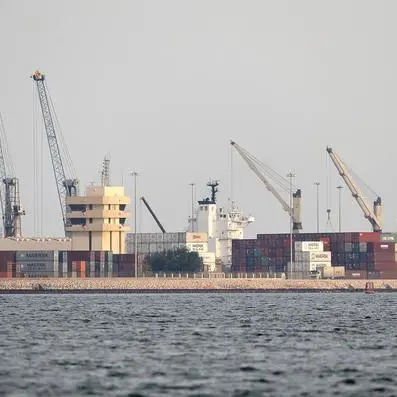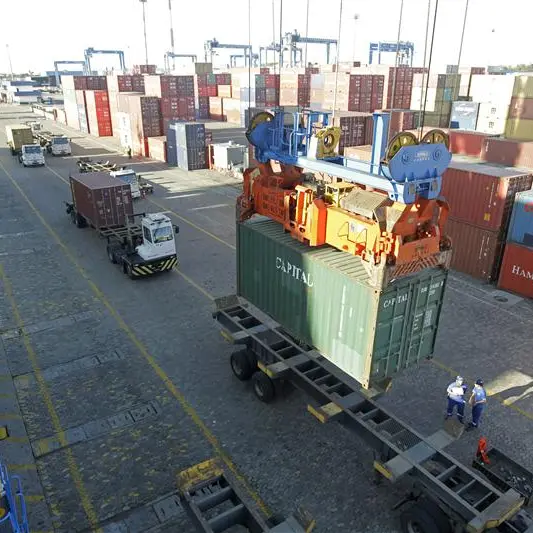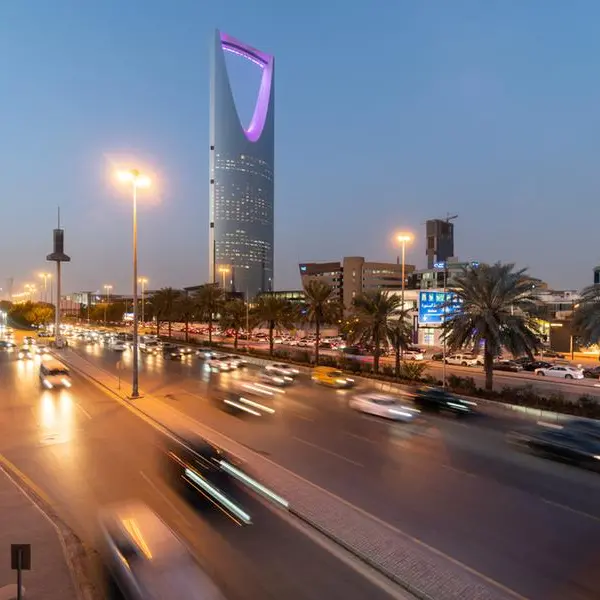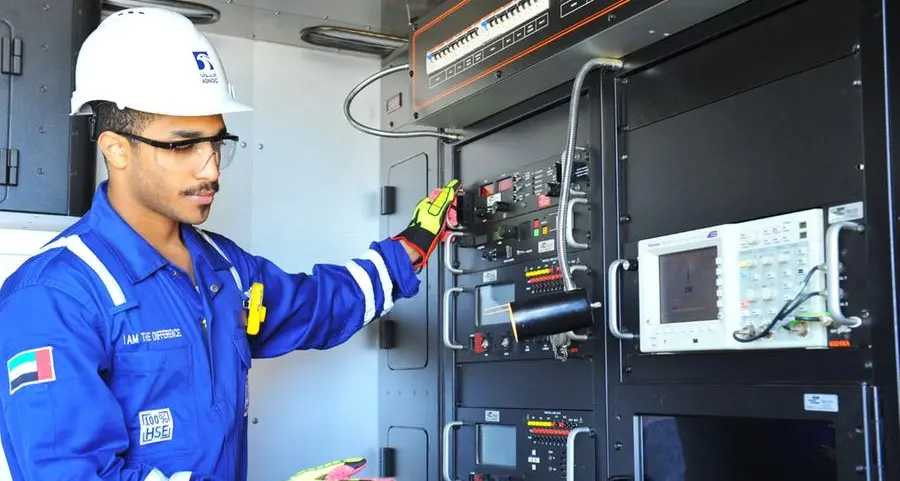PHOTO
The Omani power sector’s utilisation of increasingly efficient power generation systems has contributed to natural gas savings amounting to over RO 280 million in one year alone, according to Oman Power and Water Procurement Company (OPWP) – the single buyer of all power and water output in the Sultanate of Oman.
Gas savings, the state-owned procurement agency – part of Nama Group – said in its 7-Year Outlook Statement for 2021 – 2027, are expected to dramatically escalate when new solar and wind-based capacity comes on stream in the coming years in line with the government’s strong pivot towards renewable resources.
“Since 2005, through the introduction of progressively more efficient generation plants, OPWP has achieved a 47 per cent reduction in the gas required per unit of electricity production, from 374 Sm3/MWh (standard cubic metres / megawatt-hour) in 2005 to 196 Sm3/MWh in 2020,” OPWP said.
“In 2020 alone, improvements in gas utilisation (when compared against gas utilisation rates in 2005) suggest savings in excess of RO 280 million. This is the result of OPWP’s procurement of new state-of-the-art Combined Cycle Gas Turbine (CCGT) plants in 2019, and new water desalination plants that shift water production from energy-intensive multi-stage flash (MSF) technology to efficient RO technology,” the procurement company stated.
Significantly, total gas consumption by power and water plants in the Main Interconnected System (MIS), which serves much of the northern half of the Sultanate of Oman, dipped by an unprecedented 3 per cent in 2020 to 6.37 billion standard cubic metres. This was attributed to a historic 1.6 per cent decline in energy demand that year, prompted by the back-to-back economic downturn and pandemic.
Going forward, OPWP projects total annual fuel requirements to decrease by around 2 per cent per year from 2020 to 2027 under the Expected Case scenario. Underpinning this trajectory will be the roles expected to be played by new solar and wind projects slated to come on stream over this period, OPWP explained.
Further gas savings are anticipated as implementation of a Fuel Diversification Policy, adopted in 2018, picks up pace in the coming years. It mandates a minimum 10 per cent share of electricity output from renewable resources by 2025.
As of Q1 2021, OPWP had contracted for around 500 MW of solar capacity (Ibri II Solar IPP) and 50 MW of wind capacity (Dhofar I Wind IPP). Plans are also afoot to procure another 2,660 MW of new renewables-based capacity by 2027, according to the procurement agency.
Based on this strategy, OPWP envisions around 13 per cent of electricity output coming from renewable energy sources, primarily solar energy. This is projected to reach 20 per cent by 2027
“After 2021, with the introduction of solar and wind plants, OPWP expects that the gas requirements for electricity generation will fall to around 144 Sm3/MWh by 2027, or 61 per cent less than that required in 2005,” OPWP added.
2022 © All right reserved for Oman Establishment for Press, Publication and Advertising (OEPPA) Provided by SyndiGate Media Inc. (Syndigate.info).
